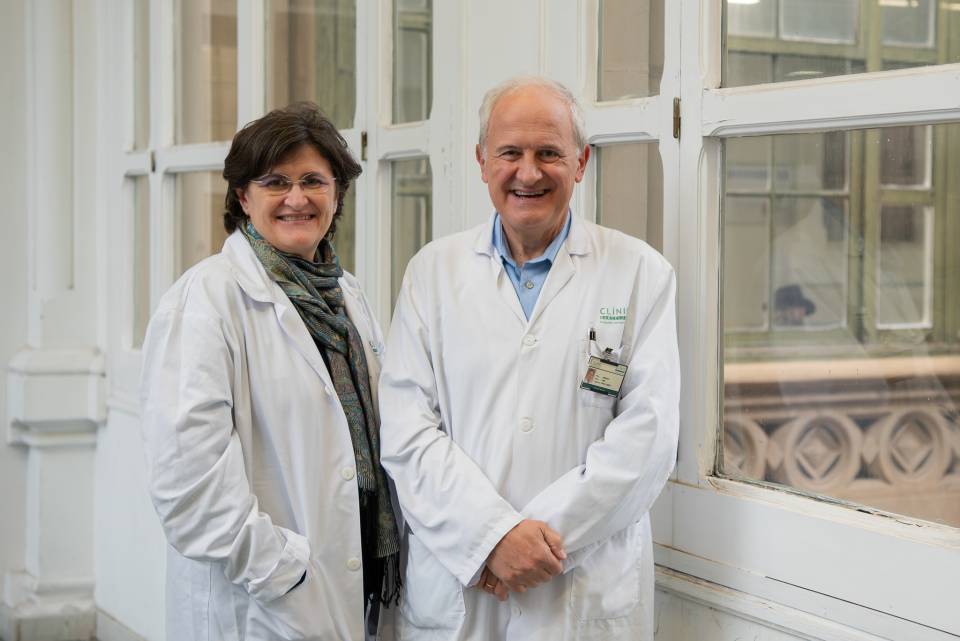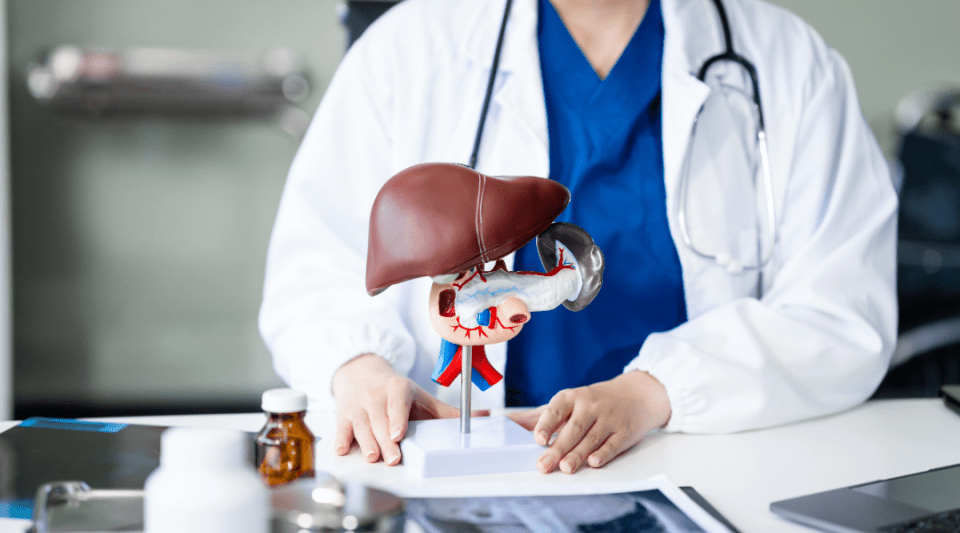Substantiated information by:

María Carlota Londoño Hurtado
Hepatologist
Hepatology Service

Pinelopi Arvaniti
Hepatologist
Hepatology Service
Published: 7 March 2025
Updated: 7 March 2025
Subscribe
Receive the latest updates related to this content.
Thank you for subscribing!
If this is the first time you subscribe you will receive a confirmation email, check your inbox
An error occurred and we were unable to send your data, please try again later.


